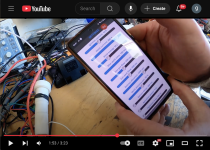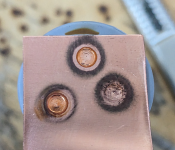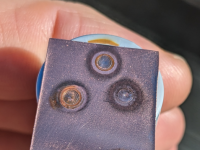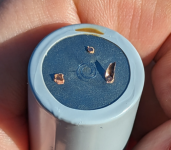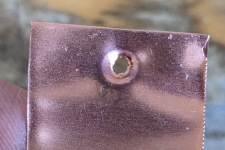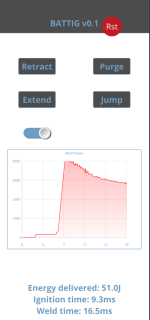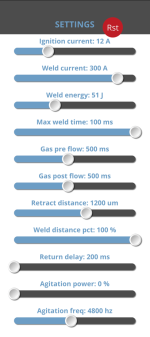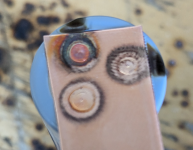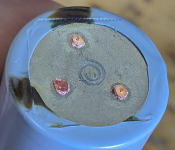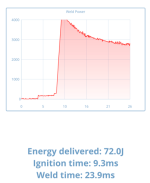I have been working on a completely DIY TIG pulse arc welder for direct welding of heavy copper to high discharge cells, I made a short video of some test welds of 0.3mm copper onto 0.2mm steel, works completely differently to a spot welder, needs tiny power in comparison and generates almost no heat, check it out:
It has taken many iterations of the electronics, mechanics and software and 10s of thousands of test welds to get it to this point.
The welder can also weld nickel and nickel copper sandwich to cells. It will function as a precision micro welder for other tasks like jewellery or welding dissimilar metals for thermocouples, terminating copper hairpin motor windings, etc, and probably a lot of tasks a laser micro welder would be used for.
It would be simple to attach the weld head to a cnc machine, e.g. a 3d printer or cnc router, to allow for semi automatic pack assembly.
Commercial units capable of pulse-arc battery welding start at $30k, I haven't decided whether to try and turn this into a product aimed at the hobbyist market, or to open source all or part of the system, but I will post further progress here and answer what questions I can.
It has taken many iterations of the electronics, mechanics and software and 10s of thousands of test welds to get it to this point.
The welder can also weld nickel and nickel copper sandwich to cells. It will function as a precision micro welder for other tasks like jewellery or welding dissimilar metals for thermocouples, terminating copper hairpin motor windings, etc, and probably a lot of tasks a laser micro welder would be used for.
It would be simple to attach the weld head to a cnc machine, e.g. a 3d printer or cnc router, to allow for semi automatic pack assembly.
Commercial units capable of pulse-arc battery welding start at $30k, I haven't decided whether to try and turn this into a product aimed at the hobbyist market, or to open source all or part of the system, but I will post further progress here and answer what questions I can.


